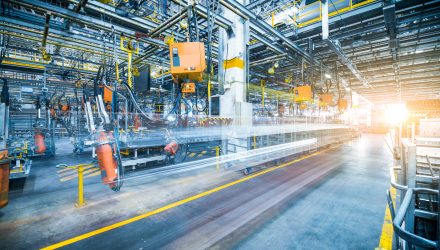By William Studebaker, CIO & President, ROBO Global
There’s an amazing thing happening on factory floors around the world today—something that consumers are only just beginning to witness its dramatic impact on their daily lives.
If that statement surprises you, it’s no wonder. While robots have been in use for decades to provide basic automation, even the most advanced of these machines were confined to a corner where they completed basic, repetitive tasks. After all, although Henry Ford introduced the first assembly line for his Model T more than 100 years ago, that huge achievement is the first (and perhaps the only) thing that comes to mind when most people think of advancements on the factory floor.
Oh, how times have changed.
Thanks to the advent of artificial intelligence (AI), robots have come to life on the factory floor. Similar to the development of driverless cars, today’s robots are able to not only sense, see, and process information, but also to integrate that information into how they “think”, reacting to their surroundings to initiate appropriate action.
What does that mean for manufacturers and consumers in the real world?
In automotive production, the Audi A4 is now available in four million configurations. Gone are the days when human workers have to facilitate a factory changeover for each new request or determine which combinations support compatible parts. Robots are able to handle it all—in less time, and with a higher level of precision and quality than ever before.
Because AI systems are able to anticipate demand at high levels of accuracy, the average time a part is on the factory floor before it is installed into a product is less than eight minutes. As these abilities continue to grow, factories will be able to further accelerate customization, minimize shelf time, and maximize the cost benefits of true just-in-time manufacturing.
Using the power of big data, AI is able to better predict the need for preventive maintenance, eliminate scrap production by halting processes at just the right time, and identify seasonal or predictive trends to prevent over- and under-production of nearly everything—from red and green M&Ms in December to sunscreen in July.
